10 Things You Need To Know About Cataracts
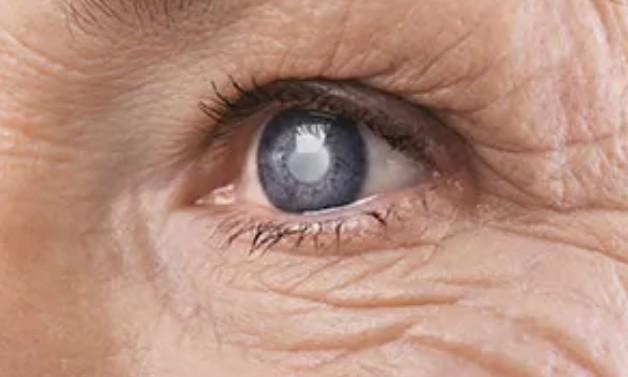
Cataract is a condition of the lens of the eye that initially has few symptoms. Here are 10 things to know about cataracts.
It corresponds to a compression of the lens
The cataract appears inside the eye, more precisely at the level of the lens which has a bluish and opaque appearance.
The disease is often diagnosed years later because the symptoms are not easily identifiable at the beginning and/or due to age.

Symptoms are varied
The appearance of a cataract results in blurred vision, narrowing of the field of vision, confusion in the colors, decreased night vision, diplopia (double vision), and frequent and marked correction changes.
Only an ophthalmologist can diagnose cataracts.
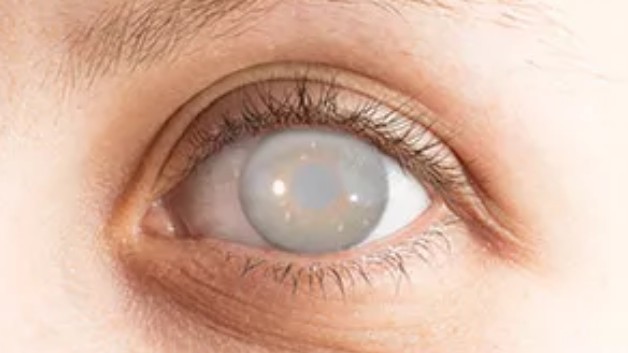
It does not reach only the elderly
While cataract cases are more often diagnosed in the elderly, other factors can be responsible for cataracts.
These include eye surgery, glaucoma or regular and prolonged exposure to the sun without sunglasses.
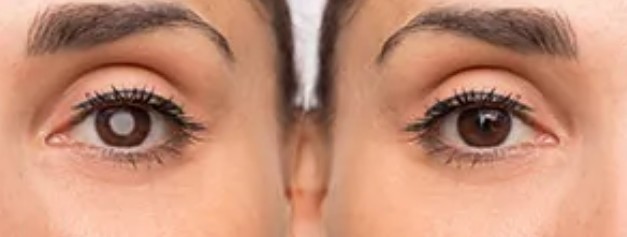
Cataract can affect only one eye
Cataracts most often affect both eyes (bilateral cataracts) but can only affect one eye. In cases of bilateral cataracts, one eye is often more affected than another.
This is for example the case when an early cataract develops in children, during a malformation.

There are different types of cataracts
The majority of cataracts occur in the elderly, it is called senile cataract.
Other types of cataracts include secondary cataracts due to certain diseases (such as diabetes), traumatic cataracts due to damage to the lens of the eye, and cataracts in children that may accompany congenital disease (for example, trisomy 21) or the result of an infectious disease of the mother transmitted to the fetus during pregnancy (rubella, toxoplasmosis, genital herpes, syphilis, etc.).

Surgery is not always necessary
The operation is not necessarily necessary if the cataract is light.
It can then be slowed down by taking hygieno-dietary measures. The doctor will carry out a check-up each year to assess the degree of progress of the disease and provide the appropriate solutions.
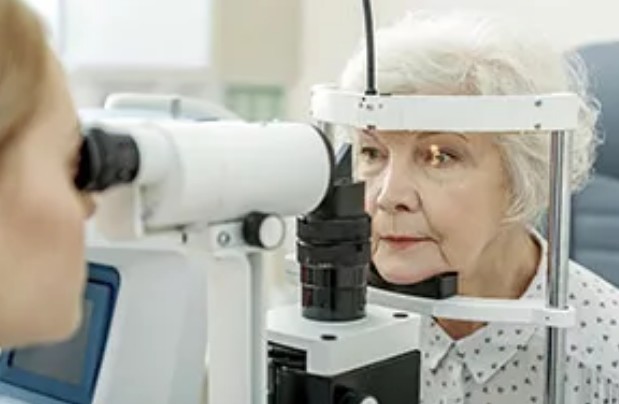
Cataract surgery is common
Cataract surgery is a common and low-risk operation although it can cause concern because eye operations are often stressful (fear of blindness).
Every year, 600,000 people undergo cataract surgery.
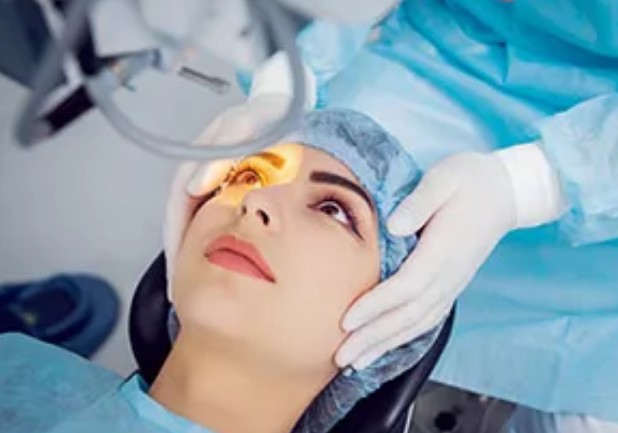
Chances of recovery by surgery are good
Cataract surgery has a 96% success rate, making it one of the most effective interventions in modern medicine.
This surgery is minimally invasive and requires only a local anaesthetic: the hospitalization lasts only one hour.

Precautions must be taken after the operation
The damaged lens will be removed and replaced. After the operation, you will need to protect your eyes and you will not be able to run for a while, or make intense efforts for a few weeks to avoid excessive intraocular pressure.
In 4 weeks, the eye will have healed, the vision will be significantly improved and daily activities can be gradually resumed.

Prevention is important
Since the symptoms of cataracts are initially not very visible, it is essential to visit the ophthalmologist at least once a year after 65 years.
The doctor will check whether or not a cataract is present. In the event of a sudden decrease in vision, an emergency consultation will be requested.

